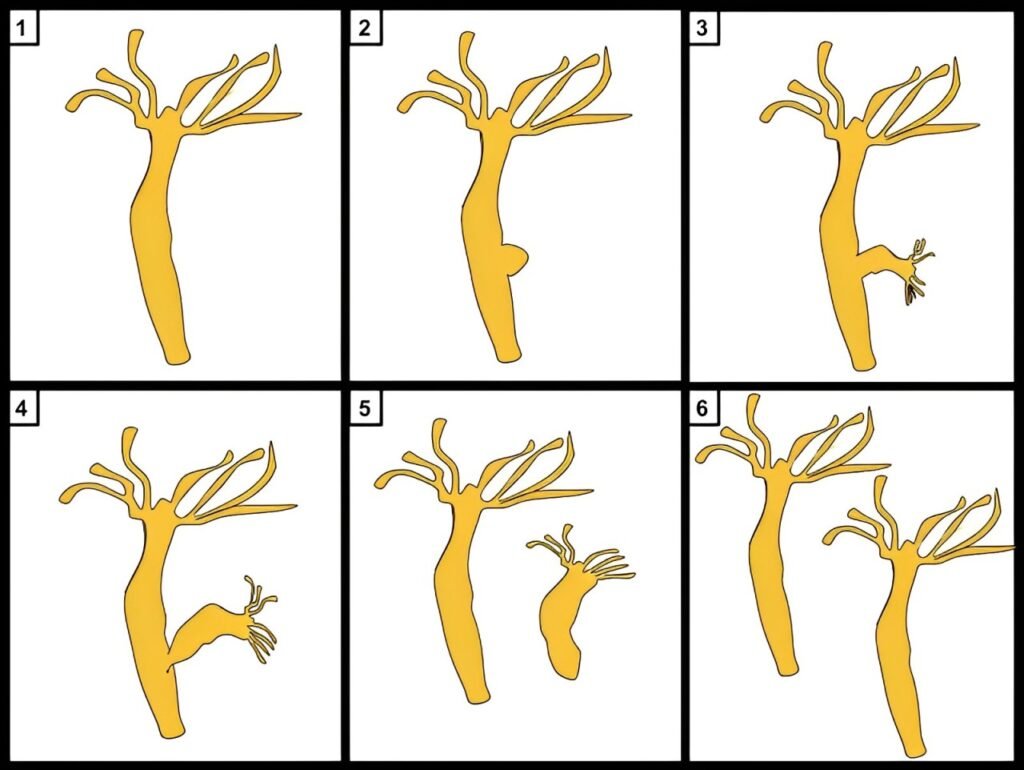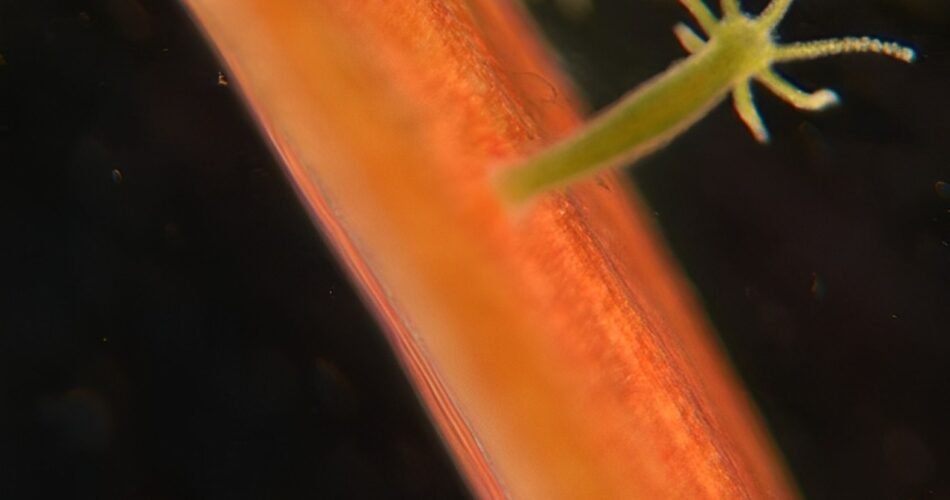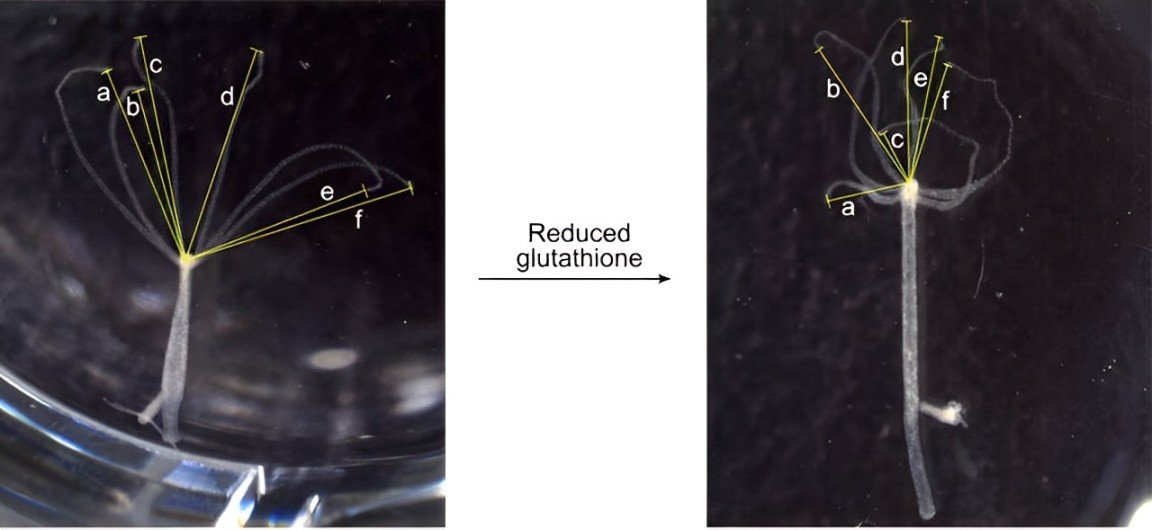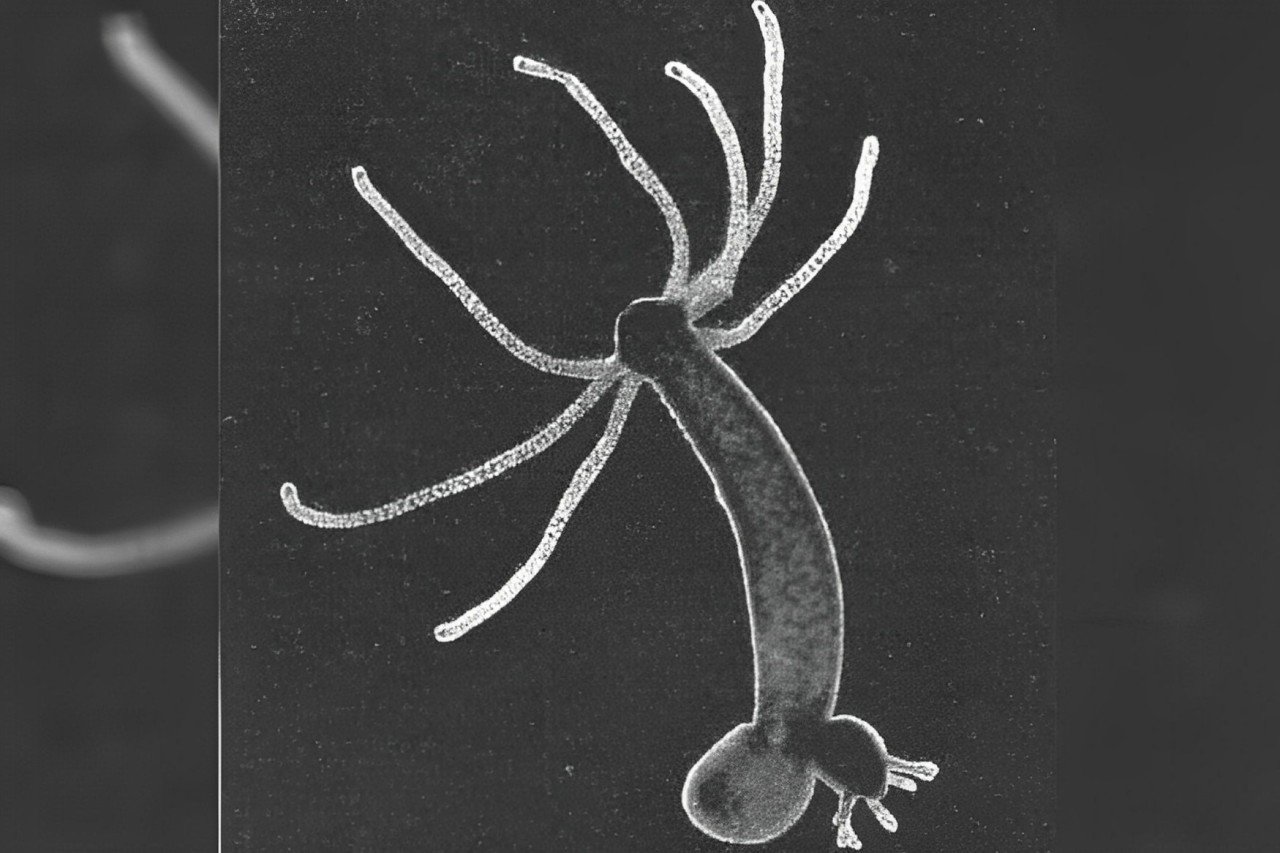They say once you’re born, death is certain. But there’s also a creature on Earth that’s immortal. That’s right, the hydra never dies. This creature was discovered to never die through research. It’s found in clean water. (All Images: wikipedia)
Daniel Martinez from Pomona College in the United States conducted research on hydra, which was published in the ‘Proceedings of the National Academy of Sciences’ journal. According to the research, hydra is one centimeter long, and its age remains unknown. Scientists believe that it can survive in any condition without any impact.

A hydra’s body is made up of stem cells, with very few cells present. Its stem cells are capable of continuously producing new cells, allowing the hydra’s body to constantly regenerate and remain perpetually youthful.
According to scientists, its reproductive capacity decreases after maturity. Scientists also say that if a virus enters the hydra, the risk of diseases may increase, reducing its chances of staying alive forever.
The life of a hydra, living in fresh water, contradicts the principle that ‘death is an inevitable process for all living beings.’ A hydra dies only when a predator preys upon it. Therefore, it exhibits the quality of immortality.
Hydras are found in fresh water, whether flowing or still. They can also be found in ponds, fast-flowing streams, where there are rocks, debris, aquatic plants, and vegetation. They are not found in polluted water. The hydra is made up of a single cell and is then known as a multicellular organism.
The body of a hydra is tubular and elongated in shape. It has two layers of the body wall. The outer layer is called the ectoderm, and the inner layer is called the endoderm. Both layers are connected to a non-living tissue called mesogloea.
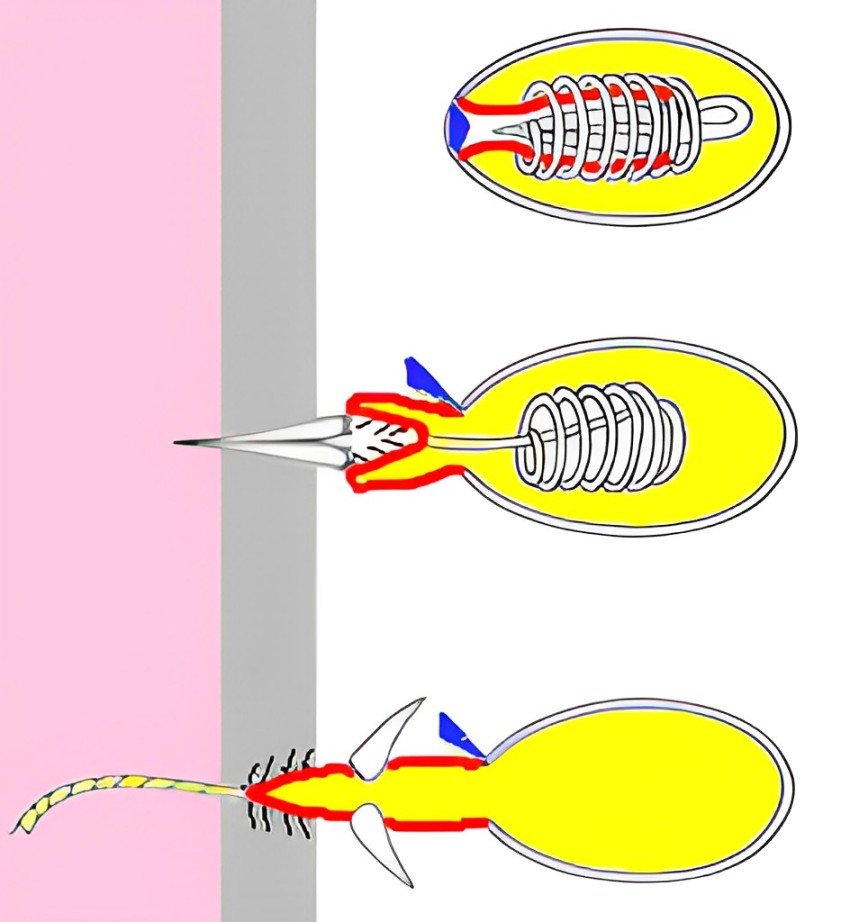
Hydras can reproduce through both sexual and asexual means. They can be unisexual or bisexual. In the case of bisexual hydras, both male and female reproductive organs, such as testes and ovaries, are present.
Hydras reproduce asexually through budding. In this process, when they mature, they develop a lateral outgrowth known as a bud. This bud then separates from the parent hydra and lives independently. Eventually, it grows into a new hydra.
